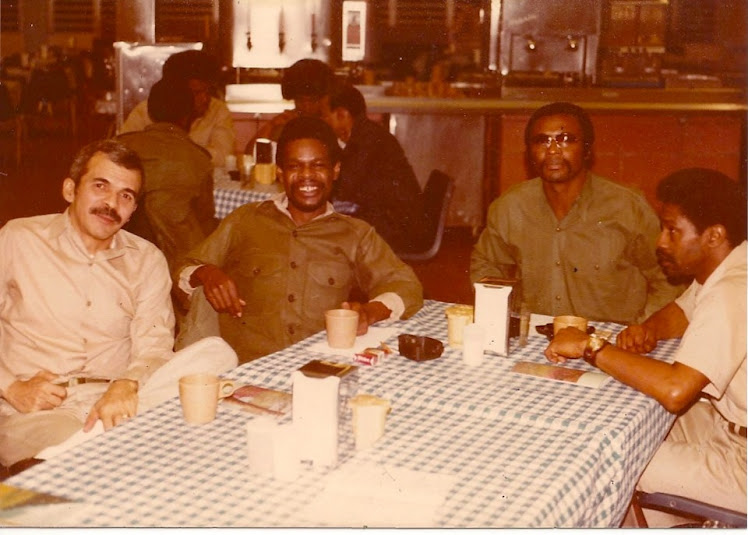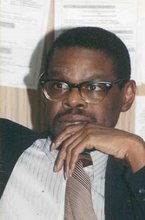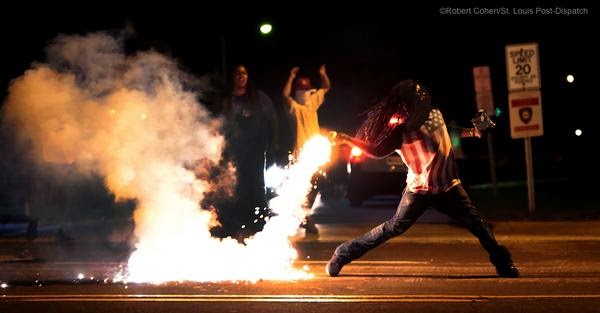Coming Soon: Release
of 6,000 Prisoners
WASHINGTON — The Justice
Department is preparing to release roughly 6,000 inmates from federal prisons
starting at the end of this month as part of an effort to ease overcrowding and
roll back the harsh penalties given to nonviolent drug dealers in the 1980s and
’90s, according to federal law enforcement officials… The release will be one
of the largest discharges of inmates from federal prisons in American history.
It coincides with an intensifying bipartisan effort to ease the mass
incarcerations that followed decades of tough sentencing for drug offenses —
like dealing crack cocaine — which have taken a particularly harsh toll on
minority communities.
COMMENTARY
BY Eddie Griffin:
Although
this is the largest discharges of inmates from federal prisons in
American history, it has been a long time in coming. Since
2005, we have decried mass incarceration, because it robs our community of men
and women who cannot rear a family or raise their children, leaving the burden
upon grandparents, state and welfare agencies, and charities. Politicians now
realize the cause of mass incarceration date back to the implementation of draconian
sentencing guidelines, zero tolerance policies, and unfair criminal justice
practices.
Therefore,
this release will be an answer to our prayers to bring our children home, up out
of captivity. While there is still remnant of the tough-on-crime regime, we
realize that this move by the Obama administration will go a long ways in
helping us rebuild our broken families. We want to make our family unit viable
again in the decimated minority community. But, in order to do so, we must be
prepared to receive them back into our community and assist them in
reintegrating into society.
It
is unfortunate that so many cities and states are unprepared to help these previously
incarcerated persons (PIPs) make the transition back into society. We, in
Texas, should be better prepared.
We
began with a simple theory, which ran counter to popular notions. We believed
that if PIPs were successfully reintegrated into society that we would reduce
the rate of recidivism and began rebuilding our community, especially the black
communities where one-in-three young black males are incarcerated, at some
point in their lives. We only asked that society give our children a fair
chance. Therefore, we began advocating for new legislation and fair sentencing
guidelines. This resulted in the passage of the Second Chance Act
and Fair
Sentencing Act.
In
2006, Tarrant County created the Ex-Offender
Re-entry Initiative, whose mission was:
To facilitate the collaboration of Tarrant County community
groups, public health officials, treatment providers, educational institutions,
legislators, human services groups, housing officials, workforce development
groups, faith-based organizations, families, former inmates, victims’
advocates, law enforcement agencies, prosecutors, courts and correctional
agencies to develop a planning strategy for the effective reintegration of
ex-offenders, thereby reducing recidivism, supporting victims and promoting
public safety in Tarrant County.
The
program proved so successful that other cities, like
Dallas, began to emulate it. The Texas Department of
Criminal Justice Reentry and Integration Division program is based upon our
prototype. Now, after much hesitation, the Federal Bureau of Prisons has
created its own Reentry
Program, utilizing the same model but disconnected from the state’s reentry
network.
There
was a major shift in the purpose of incarceration, based upon the fact that
most prisoners would eventually be release. And, if a support network is not
provided for them, then they would be faced with the arduous task of finding a
place back into society by themselves. The only beneficiary would be the prison system. Thus,
it would be the only governmental agency paid to fail. This was the paradox that
caused us to look upon a successful reentry model as a viable means of reducing
crime, as well as the growing prison population, and for giving us an alternative to
increased levels of incarceration.
We
set up priorities, based upon the basic needs of PIPs reentering society. First
and foremost, an ex-offender would need a copy of their birth certificate in
order to get a social security card, without which they are unemployable. These
documents are also necessary in order to get a driver’s license or a state-issued
identification card in Texas. This priority does not change, regardless of city or state
in which a man or a woman would be released.
Other
individual needs include assistance in housing, employment, food, clothing, and
a variety of mental health issues. Because Texas was in the forefront of
recruiting a network of support services in these areas, we were able to
simplify our means of accessing these services. Most services can be accessed
by simply dialing 211 in Texas.
The 211 system serves as a clearinghouse for all support services in the state
of Texas, including those coming through the Criminal Justice.
The
only problem with the 211 infrastructure is the fact that not all service
organizations are listed. This is due to a lack of collaboration and coordination, because many
social service organizations still work in silos, with each trying to reinvent the
wheel. Nevertheless, a newly released inmate need only dial 211 in Texas to find assistance
for accessing these services, although some ex-drug offenders will be hindered in getting
food stamps and housing assistance because of existing laws, not to mention the problem of
restoring their voting rights.
We
also had to address the lack of education issue as an obstacle to successful
reentry. Therefore, we helped create GED programs and vocational training programs inside the prison and
provided entrepreneurial guidance upon release. We had to remove licensure
restrictions in order that some could become licensed plumbers, electricians, and
barbers.
To
date, this is as simple as we could make it, except for the fact that many
support agencies and non-profits are not incorporated in the network.
For example, in Fort Worth, Texas, the Federal Bureau of Prisons utilizes Volunteers of
America, as a Residential Reentry Center, which does not appear in the
state’s master 211 system under the category of Criminal Justice along with other
state-registered organizations. That is because the federal government does its own thing, and the state its own thing. But the solution to this lack of connectivity is to continue
building the network and trying connect all resources.
Nevertheless,
there is still one major area in Mental Health that experts have not been able
to adequately address, and that is former inmate suffering from the “Arrested Development Syndrome”--- which
is like the Rip Van Winkle effort or Alvin Toffler’s Future Shock syndrome. It is akin to taking a quantum leap from the
past into the future, which usually results in a crash with the realities of the new world. As
one writer noted, some prisoners due to be released by November 1, 2015 have
never used a cell phone. Some will be using computers for the first time to
seek employment. And even if they used these devices in the past, they will still
be confronted with many new things that they will find challenging. (Here I speak of “challenge” as a degree of cognitive
retardation and a lack of social skills). This is why we look upon computer literacy as one of the basic skill in navigating through the new world. Therefore, the reentry model must also
take into account re-orientation and re-socialization, as legitimate mental
health issues.
Mass
incarceration is also proving to be untenable. In 2007, when we demonstrated that
the majority of juvenile offenders should not even be incarcerated, the state began
releasing massive number of juveniles and depopulating these detention facilities, which led to an eventual reduction in adult prison
facilities.
Prevention strategies in the school-to-prison pipeline reduced the juvenile prison population by more than 2,000 in 2007, and resulted in the closure of 7 or 8 facilities because the cost of incarceration per capita had risen to nearly $90,000 per year. Likewise, Restorative Justice and Restoration strategies reduced the adult prison population in Texas. Now the Federal Bureau of Prisons is reporting a reduction of 8,426 inmates for the fiscal year of 2015.
It is an economic fact that for each redeemed prisoner, the per capita cost of incarceration goes up for the others. This trend has caused states to cut back on their prison budget.
Prevention strategies in the school-to-prison pipeline reduced the juvenile prison population by more than 2,000 in 2007, and resulted in the closure of 7 or 8 facilities because the cost of incarceration per capita had risen to nearly $90,000 per year. Likewise, Restorative Justice and Restoration strategies reduced the adult prison population in Texas. Now the Federal Bureau of Prisons is reporting a reduction of 8,426 inmates for the fiscal year of 2015.
It is an economic fact that for each redeemed prisoner, the per capita cost of incarceration goes up for the others. This trend has caused states to cut back on their prison budget.
In
a memorandum issued by the U.S. Federal Bureau of Prison, issued May 12, 2015,
in anticipation of the immediate release of the 6,600 prisoners, to be followed by
more (altogether about 30,000 inmates), the Justice Department called upon all Residential
Reentry Directors to instruct their managers to work closely with community-based RRC
contractors to accommodate these releases and “facilitates these offenders
successful return to the community”.













